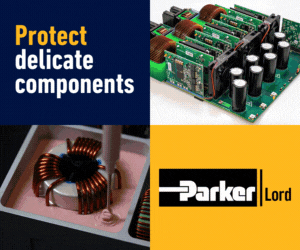Tunnel devices come into the light

Murata has launched its first series of high-performance coreless current sensors using tunnel magneto-resistive (TMR) elements (writes Nick Flaherty).
The MRD series of open-loop current sensors integrates high-performance TMR elements. These use a magneto-resistive effect that occurs in a magnetic tunnel junction composed of two ferromagnets separated by a thin insulator. The insulator, typically a few nanometres thick, allows electrons to tunnel from one ferromagnet into the other in a magnetic field.
In the MRD series, this provides precision measurement of both DC and AC up to 40 A with stability across an extensive temperature range. The series has a full-scale output accuracy of ±1.0% when operating anywhere between -40 C and +105 C, with a fast response time of 0.5 µs.
The coreless structure of the sensors does not exhibit hysteresis effects or saturation issues, which are typical side-effects with an iron core. It also results in reduced size and weight, as well as making mounting easier.
The proprietary differential measurement with two TMR-based elements gives immunity from external magnetic stray fields. That makes them suitable for use in environments with high levels of electromagnetic noise.
Because of the highly accurate current capabilities and fast response, the devices are aimed at photovoltaic inverters, DC-DC converters, EV charging infrastructure and power conditioning systems.
The MRD current sensors comply with the UL62368-1 electrical equipment safety standard. They are supplied in SOICW16 packages as well as those with galvanic isolation of more 4.8 kV.
ONLINE PARTNERS


























